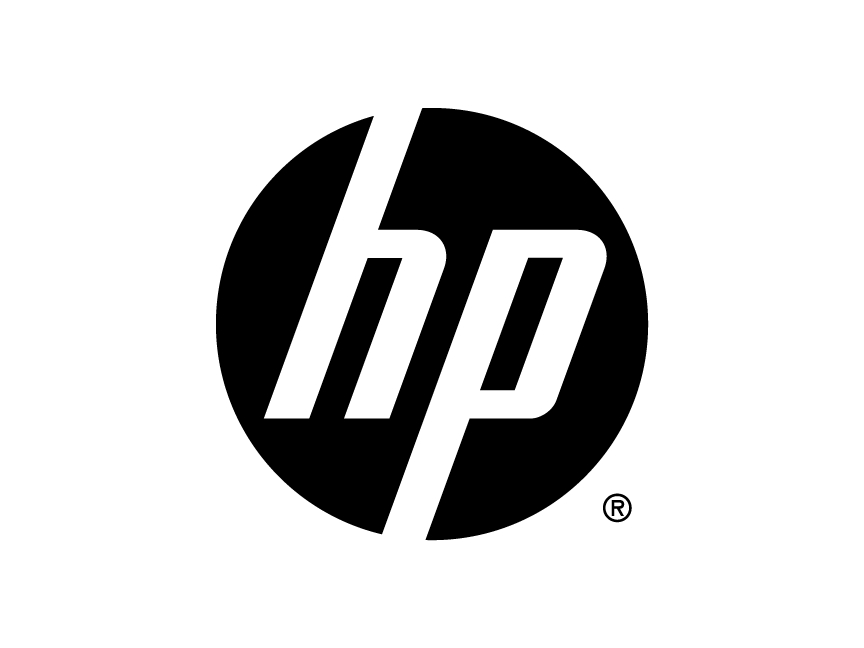Prepare for Digital Transformation
A robust, modern infrastructure is essential for the performance, efficiency and simplicity that data center operators demand.
“Technology changes quickly. Organizations change much more slowly,” says George Westerman of the Massachusetts Institute of Technology.
The slow pace of change at many organizations makes keeping up with advances in technology a major challenge, adds Westerman, principal research scientist for the Initiative on the Digital Economy at MIT’s Sloan School of Management.
“What that means is, if you’re thinking about digital transformation, the digital’s not the hard part,” he says. “The transformation is the hard part. How can you get your organization ready? How can you move your organization forward?”
The pace of technological change has been startling. Social media, mobile technologies, cloud computing, data analytics and other solutions have emerged as focal points for many IT leaders, but even greater advances have come as innovators combine these elements. Technology solutions are now evolving together, Westerman says, creating possibilities that most innovators couldn’t dream of even a few years ago.
Organizations that establish digital leadership give themselves an edge in speed, efficiency, flexibility and innovation. But to do so, they have to establish a robust, reliable back-end infrastructure.
The Power of Digital Transformation
Westerman cites Asian Paints, a paint manufacturer based in India, as an example of the power of digital transformation. Over a decade, the company integrated operations among more than a dozen facilities across India, implemented call centers and mobile device deployments, utilized data-based decision-making and expanded its service offerings along with its geographic footprint across Asia. The company’s revenue skyrocketed while speed and efficiency improved.
But none of these strides would have been possible without improvements to the IT components that supported the company’s operations.
“The first thing they did was clean up their infrastructure and their processes, and then they could go on from there,” Westerman says.
Foundation for Transformation
As organizations plan their digital transformations, several infrastructure elements have become key targets for modernization. Storage is one of the most important IT components to support next-generation capabilities. Among the storage technologies that are driving IT advances are all-flash arrays and software-defined storage solutions, says Paul Merrifield, Americas chief technologist for storage with Hewlett Packard Enterprise.
Flash has long been seen as a storage option for specialized workloads that require far greater performance than spinning disk storage media can deliver. However, prices for flash that once seemed prohibitive have fallen in recent years, making all-flash storage arrays a viable option for many more applications.
“Flash as a technology has moved from the niche to the mainstream faster than anything,” Merrifield says. “It really is about performance.”
The speed advantage provided by flash storage enables capabilities that are simply impossible with other media. Merrifield recommends that IT leaders use technologies such as flash throughout the IT stack as they seek to boost the performance of their applications. “We really should be talking about putting performance-accelerating technologies all around the IT stack,” he says.
Flash delivers other advantages as well. On the operational side, it enables automation that frees up IT staff from having to monitor and address performance problems. It also provides higher availability and greater reliability than other storage media, reducing the risks that organizations face. Its speed simplifies backup and disaster recovery functions, further reducing the burden on IT professionals.
Data center operators also are relying on software-defined storage (SDS) in their digital transformation efforts. SDS solutions collect storage elements into a pool of resources that can be managed centrally and controlled via automation, allowing IT teams to use their storage capacity more strategically.
56%
The percentage of organizations that have deployed multiple cloud solutions
Source: HPE, “6 hybrid cloud adoption trends,” February 2017
The Pitch for Transformation
Many CEOs look at IT as a cost center that strains resources, but IT leaders can change this perception and help executives think about how they can transform operations.
George Westerman of the Massachusetts Institute of Technology advises IT leaders to make a strong case to executives about how they can digitally transform their organizations. He suggests three approaches:
- Use the cost savings that can be derived from greater efficiency to make a business case for digital transformation.
- Explain the problems that organizations face if they fail to transform and are left to deal with the security issues created by outdated technology.
- Make the case for specific uses of technology to show how it can improve operations.
Keep IT Simple
Along with speed and efficiency, data center operators value simplicity as they embrace digital transformation. Data center technologies have evolved over the years to offer simpler solutions to complex problems, but organizations simply add workloads and new demands that once again complicate matters.
Hewlett Packard Enterprise (HPE) has sought to improve the agility, flexibility and scalability of data centers — enabling simplicity — with what it calls composable infrastructure, says Scott Wood, the company’s vice president of solutions and technology for North America.
Composable infrastructure includes fluid pools of IT resources — storage, computing and networking fabric — that organizations can access as needed. The framework utilizes software-driven intelligence that enables templated workload composition and frictionless operations. It uses a unified application programming interface that can use a single line of code to abstract every element of infrastructure and enable full programmability of resources.
Wood says composable infrastructure offers several advantages over traditional IT elements. This approach speeds up deployment of IT capabilities, allowing organizations to bring applications and services to market more rapidly. It also provides greater uptime by automating operations, which reduces risk. Composable infrastructure also helps organizations shrink costs by improving asset utilization and enabling IT teams to deploy the precise level of resources needed for specific workloads.
“You no longer have to purchase infrastructure to meet the demands of a specific workload,” Wood says. Instead, data center operators can compose and decompose infrastructure based on each workload — which allows them to combine the economic benefits of the public cloud with the security and control that IT teams have over on-premises infrastructure.
The composable infrastructure framework allows data center operators to create physical infrastructure from a resource pool, then decommission services and return infrastructure elements to the pool when they’re no longer needed, so they can be reused. IT teams also can automate operational changes, such as firmware updates, via software intelligence.
Software-defined Everything
Data center infrastructure is getting smarter, but this is due to software — not hardware.
“There’s no intelligence in hardware; everything is in software,” explains Binny Gill, chief architect with Nutanix. “Why? Because software can freely move; hardware cannot move.”
The emergence of smart infrastructure components — computing, storage and networking — is bringing organizations closer to the software-defined data center (SDDC). When data center infrastructure is virtualized and delivered as a service through SDDC, organizations can rely on automation to better manage resources. This will provide IT staff with a comprehensive view of data center operations while simplifying tasks such as updates and troubleshooting.
Reach for the Cloud
Organizations have migrated an increasing number of workloads to cloud providers to simplify data center operations. Binny Gill, chief strategist with Nutanix, says the cloud has had a huge effect on what organizational leaders expect from IT. The flexibility of the cloud allows IT teams to deploy new services such as virtual machines in a matter of minutes, while requiring organizations to pay only for the resources they use. Cloud providers also continuously upgrade their systems, so customers have the latest features at their disposal without having to perform hardware and software upgrades.
“The cloud today has reset our expectations,” Gill says. “That continuous innovation is what people are looking for.”
However, different cloud models deliver varied benefits. In general, public cloud vendors provide high-quality services with great reliability; however, some organizations are reluctant to migrate sensitive data and critical workloads onto infrastructure operated by another company. A private cloud model provides the control of enterprise data that they seek.
Nutanix is developing a solution, called Enterprise Cloud, to offer the benefits of both public and private clouds. Enterprise Cloud integrates data center resources — servers, storage and networking — in a hyperconverged platform. Gill says the solution will deliver “cloud autonomy”: the ability to move easily between clouds. This will enable one-click management of where workloads go in a hybrid environment that uses both public cloud providers and a private cloud infrastructure.
Learning to Fly
As organizations pursue digital transformation, modernized infrastructure is a critical component to enable the capabilities needed to compete. Westerman warns that organizations that rely on outdated models of operation — even those they have perfected — will soon find themselves lagging behind their competitors.
“If you’re in an industry where your competitors can fly, it doesn’t matter how fast you can crawl,” he says. “You’re just not gonna get there.”
Featured Partners
CDW’s solutions and services can help your organization prepare for digital transformation.
MKT22211



